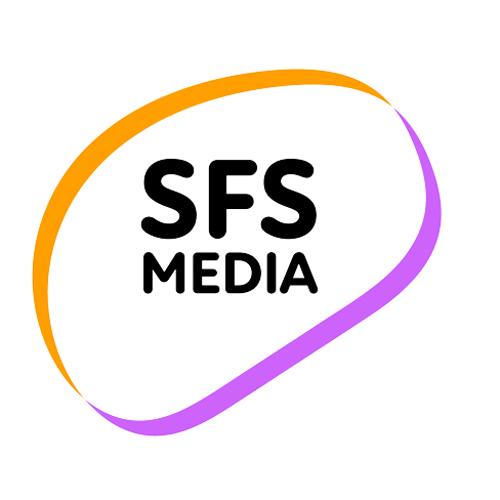
Using data to address unconscious bias and boost representation
Understanding the lived experiences of young people today can help institutions tackle the unconscious biases that deter under-represented groups from entering higher education


SFS Media
Find out how SFS Media's insight-driven marketing helps brands reach the UK youth market
Unconscious bias is defined as unconscious favouritism towards – or prejudice against – a particular group of people, whether defined by their ethnicity, gender, or another characteristic that influences action or perception.
At a recent discussion held during Times Higher Education’s HashtagHigherEd UK event, and hosted by SFS Media, Cailean Carvalho, executive director of SFS Media, stated that, for him, unconscious bias has a much stronger connection to lived experience.
“We talk a lot about listening to young people, but there aren’t any young people at this event,” Carvalho said. “As marketers, we can’t possibly understand all the lived experiences of young people today. So, it’s important we have access to a robust set of data to help us view our unconscious biases.”
Gaining an understanding of these unconscious biases is important because they can lead to poor decision-making. “If you don’t have the data, you could be making poor choices that are limiting your growth,” Carvalho noted. “You may be excluding young people without realising it, which reduces social mobility. And Gen Z wants you to address this issue. According to our research, young people rate diversity as the number one value that they want to see from universities.”
Carvalho was also keen to point out that having bias does not mean an individual has any ill intent. “It’s OK to have bias – the vast majority of us have it,” he said. “What’s important is closing the gap between your perception and reality. Do you have regular, open conversations about inclusivity, do you include young voices, and do you measure campaign performance with individuals of different characteristics?”
After a decade of development and expenditure on widening participation, research involving thousands of responses from young people found that the traditional methods used to target prospective students aren’t working. In particular, universities still struggle to target Asian and black communities, with the numbers showing that non-inclusivity begins at open days.
“Looking at gender equality, we have verified millions of data points to show that communications disproportionately target males,” Carvalho said. “Gender-biased language leads to a lack of inclusivity. And when it comes to your marketing, it’s simply more efficient to be more inclusive.”
When institutions take the time to engage with underrepresented communities, they are able to build strong connections. “[These groups] feel seen, they feel a resonance with your brand,” Carvalho said.
“If you want to measure and address your unconscious bias, source the relevant data,” Carvalho concluded. “Be aware that you’re unaware. Get data on your blind spots. Then take action, test, and learn from feedback. It’s OK to make mistakes. Widening participation is about more than boosting university intake numbers; it’s a moral concern. One that we are keen to support.”
about SFS Media.
